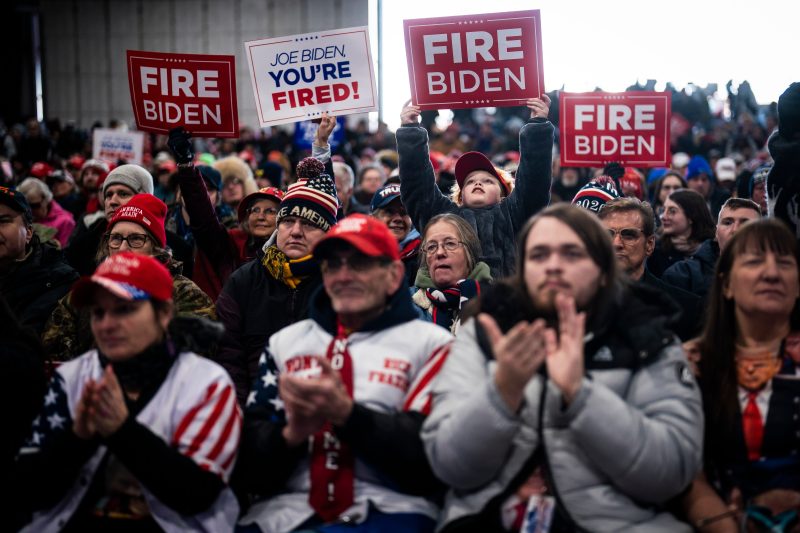The campaign strategies deployed by Biden and Trump in Michigan during the 2020 US Presidential election clearly illustrate the stark contrast in their political undertones and public messaging.
A Look at Biden’s Campaign in Michigan
Biden’s campaigning strategy in Michigan predominantly revolved around promoting unity, reinforcing the essence of American identity, and building a strong narrative about rebuilding the nation after surviving tumultuous times. He focused his efforts on reaching out to the working class, an important demographic in Michigan, underlining his plans to bring jobs back to the country. He frequently touted his middle-class roots, building a relatable narrative in an effort to curry favor with the working-class in Michigan.
Furthermore, Biden’s engagement strategy centered on careful and safe campaigning considering public health’s priority during the COVID-19 pandemic. Virtual town halls, small-scale socially distanced campaign events, and one-on-one interviews epitomized Biden’s cognizance of public health concerns.
Biden’s campaign also showcased a significant emphasis on issues such as climate change, racial justice, affordable healthcare, and other topics that resonate with a broader spectrum of voters. His campaign’s tone significantly reflected empathy, understanding, inclusivity, and the aspiration for a united America.
A Look at Trump’s Campaign in Michigan
In contrast, Trump’s campaign in Michigan was characterized by high-energy, large-scale rallies with an atmosphere akin to festive public gatherings. The fact that these rallies continued unabated even amid the COVID-19 pandemic was indicative of Trump’s approach towards the crisis.
The Trump campaign’s tone was markedly combative and defiant – hallmarks of his presidency. His messages revolved around law and order, continued economic growth, and criticisms of the Democratic leadership. The common themes in his campaign included deregulation, reduced taxes, and strong borders.
Trump’s approach to the working-class was distinctly different from Biden’s. He capitalized on the perception of being an outsider who disrupted the status quo, which he claimed had failed the American worker. His promises of returning jobs lost to foreign competition, cutting down on immigration, and taking on China on trade were designed to resonate with the working-class populace in Michigan.
Additionally, Trump’s communication strategy relied heavily on social media platforms, further pushing his agenda and reaching out to his base.
In A Nutshell
The campaign efforts of Biden and Trump thus formed a stark contrast in tone, reflecting the differentiated style and substance of their respective candidacies. Biden’s campaign centered on unity, empathy, and the promise of






























